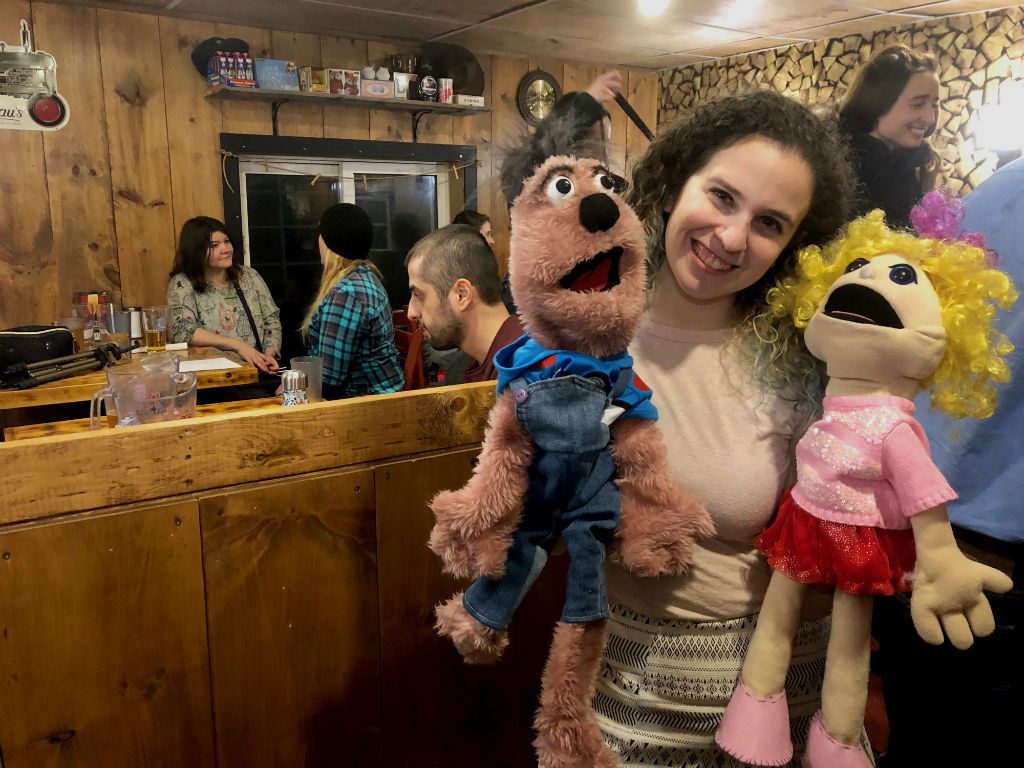‘Science slam’ aims to educate and entertain
By Karen-Luz Sison
Ottawa science enthusiasts are planning to gather at the Canada Aviation and Space Museum this week for the city’s second “science slam” event and to celebrate the day in 1961 when Soviet cosmonaut Yuri Gagarin became the first human in space.
The worldwide event is called Yuri’s Night. Though Gagarin orbited the Earth and landed safely in rural Russia on April 12, the museum will mark the 57th anniversary of the landmark flight a day later, on the 13th, with a Friday night, 19-plus party featuring live music and a cash bar.
Those attending will also get the chance to participate in a unique kind of open mic event: a science slam.
Organized by Science Slam Ottawa, a volunteer group of science communicators, the event is a competition in which science-minded contestants are given five minutes and a microphone to share an interesting scientific concept with the audience.
Science slams originated in Europe and came to Canada in 2016, when Science Slam Canada was established in Vancouver.
According to April Killikelly, a co-organizer of Science Slam Ottawa, the goal of the performances is to both entertain and educate.
“We really focus on people telling their story, but we also really focus on (the idea that) you’re there to teach the audience something,” she said. “So, it’s this duality that I think really attracts people. It’s a very approachable, very communicative way of really teaching what I like to call a science nugget.”
The slam happening at the museum will be the second one held by Science Slam Ottawa. The first took place in February at Flapjack’s Canadian Diner in Little Italy, drawing about 40 spectators and participants.
Peter Soroye, a University of Ottawa PhD student in biology, said his childhood love of dinosaurs sparked his first science slam performance. He told the story of a character called Judith the dinosaur and how she lived, became fossilized, and ended up in the Canadian Museum of Nature.
“It was a lot of fun,” he said. “It was much different from anything I had ever done before. I had done a few conference presentations and what not. But, (having) no slides was a big thing. The focus was all the storytelling and trying to tell it in a creative way.”
Jesse Rogerson, another co-organizer of Science Slam Ottawa and a science advisor at the Canada Aviation and Space Museum, said having no slideshows takes away the “crutches” of typical scientific presentations. Killikelly said scientists have a habit of relying on the slides to convey information in presentations.
“It forces the scientists to think in a different way,” Rogerson said, “to present to a different group, and it ultimately makes their science more accessible because we’re forcing them to think, ‘What’s the one piece of info that the crowd really needs to get?’ ”
A divide naturally exists between the public and the scientific community because interacting with the public on an everyday basis isn’t typically part of the job description, Rogerson added.
“I think it’s a cultural disconnect,” Killikelly said. “I think scientists see science as a tool and a method for understanding the world, and I think those external to the scientific community could see it as a series of facts or a body of knowledge.”
She added that she’s passionate about science slams because she sees them as a way of exposing the public to how science is a methodology for everybody.
“The whole strength of science is that the thing I see, you could see too,” she said.
Moving forward, Killikelly said her group plans to run about four slams a year, with a variety of performers and different kinds of scientists.
“Science is very diverse and we don’t just want one type of student, one discipline, age demographic, one visible minority status, one ability status,” she said. “We’re really, really looking for people to represent their science but also their own story.”
The Yuri’s Night slam at the museum, located at 11 Aviation Parkway, costs $20 and runs from 7 to 11 p.m. on April 13.

